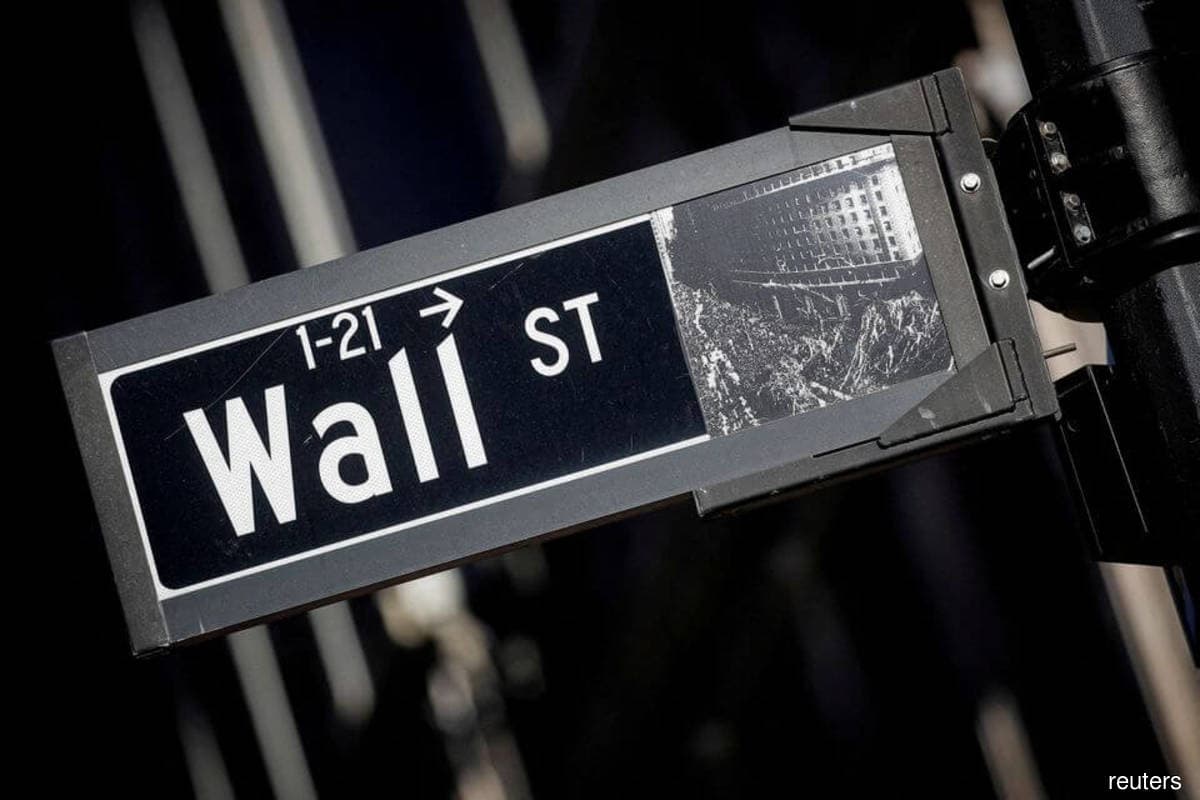
(Dec 29): Wall Street's main indexes ended weaker on Wednesday, with the Nasdaq hitting a 2022 closing low, as investors grappled with mixed economic data, rising Covid cases in China, and geopolitical tensions heading into 2023.
The Nasdaq Composite ended at 10,213.288, the lowest since the bear market began in November 2021 after the index hit a record high. The last time the Nasdaq ended lower was in July 2020. Its previous closing low for 2022 was 10,321.388 on Oct 14.
"There was no Santa rally this year. The Grinch showed up this December for investors," said Greg Bassuk, chief executive at AXS Investments in Port Chester, New York.
December is typically a strong month for equities, with a rally in the week after Christmas. The S&P 500 index has posted only 18 Decembers with losses since 1950, Truist Advisory Services data show.
"Normally a Santa Claus Rally is sparked by hopes of factors that will drive economic and market growth," Bassuk said. "The negative and mixed economic data, greater concerns around Covid reemergence and ongoing geopolitical tensions and ... all of that also translating Fed policy is all impeding Santa [from] showing up at the end of this year."
All 11 of the S&P 500 sector indexes fell on Wednesday. Energy stocks were the biggest losers, dipping over 2.2% as worries over demand in China weighed on oil prices.
Investors have been assessing China's move to reopen its Covid-battered economy as infections surged.
"With this current combination of rising cases with an opening up of China restrictions, we're seeing that investors are concerned that the ramifications are going to spread through many different industries and sectors as it did in the earlier Covid period," Bassuk said.
The benchmark S&P 500 is down 20% year-to-date, on track for its biggest annual loss since the financial crisis of 2008. The rout has been more severe for the tech-heavy Nasdaq Composite, which closed at the lowest level since July 2020.
While recent data pointing to an easing in inflationary pressures has bolstered hopes of smaller interest rate hikes by the Federal Reserve, a tight labour market and resilient American economy have spurred worries that rates could stay higher for longer.
Markets are now pricing in 69% odds of a 25-basis-point rate hike at the US central bank's February meeting and see rates peaking at 4.94% in the first half of next year.
Shares of Tesla Inc gained 3.3% in choppy trade, a day after hitting the lowest level in more than two years. The stock is down nearly 69% for the year.
Southwest Airlines Co dropped5.2% a day after the carrier came under fire from the US government for cancelling thousands of flights.
Apple Inc, Alphabet Inc and Amazon.com Inc fell between 1.5% and 3.1% as the US 10-year Treasury yield recovered from a brief fall to rise for a third straight session.
The Dow Jones Industrial Average fell 365.85 points, or 1.1%, to 32,875.71; the S&P 500 lost 46.03 points, or 1.20%, at 3,783.22; and the Nasdaq Composite dropped 139.94 points, or 1.35%, to 10,213.29.
Declining issues outnumbered advancers on the NYSE by a 3.77-to-1 ratio; on Nasdaq, a 1.97-to-1 ratio favoured decliners.
The S&P 500 posted seven new 52-week highs and seven new lows; the Nasdaq Composite recorded 75 new highs and 421 new lows.
Volume on US exchanges was 8.59 billion shares, compared with the 11.3 billion average for the full session over the last 20 trading days.